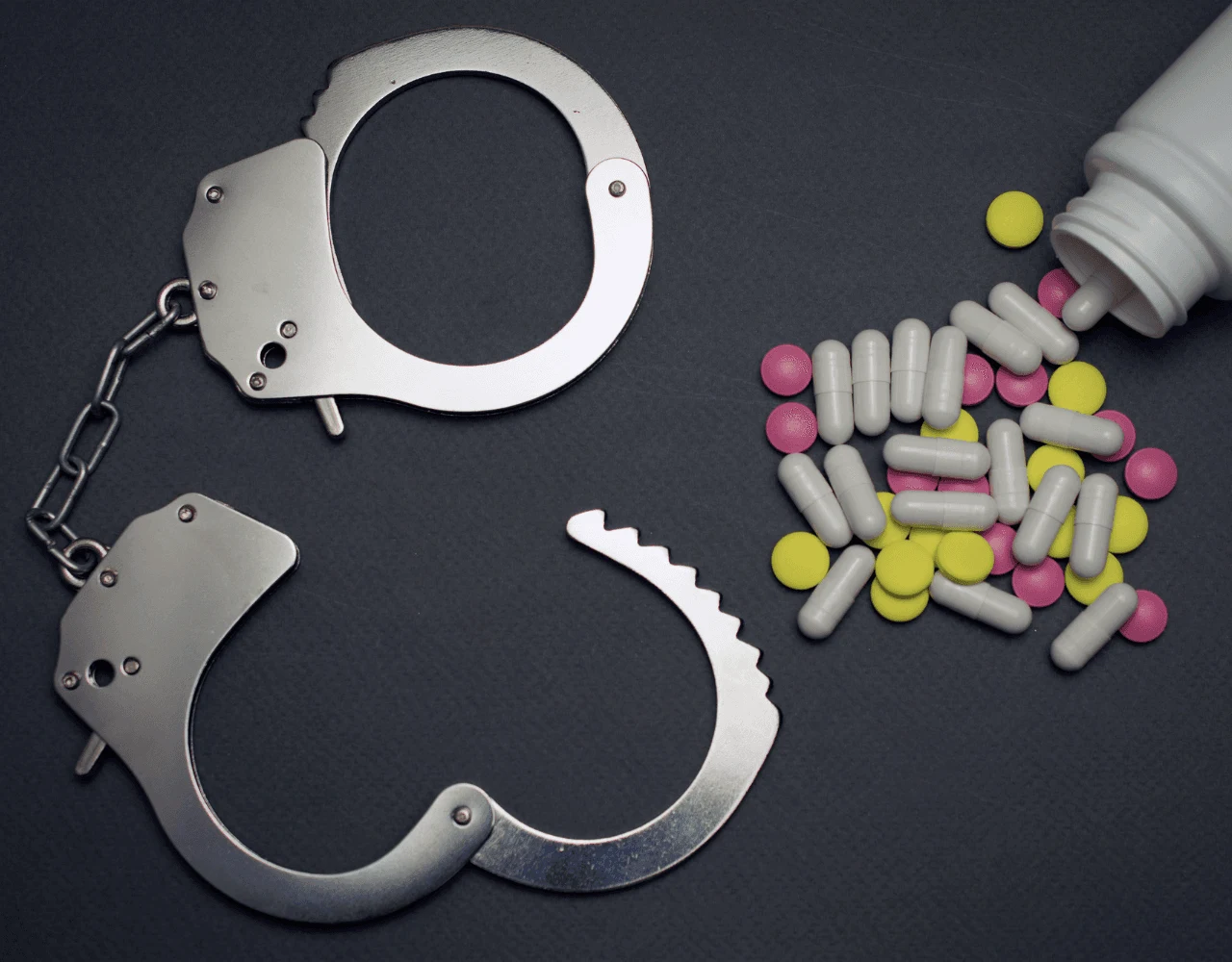Alternative Sentencing Options for Drug Charges in Chicago
2025-04-23T13:15:00
Field Sobriety Tests (FSTs), also referred to as Standardized Field Sobriety Tests (SFSTs), is a series of tests used by police officers to determine if a person suspected of impaired driving is intoxicated with alcohol or other drugs. FSTs (and SFSTs) are primarily used in the US, to meet “probable cause for arrest” requirements (or the equivalent), necessary to sustain an alcohol-impaired driving (DWI or DUI) conviction based on a chemical blood alcohol test.
The Standardized Field Sobriety Test (SFST) is a battery of 3 tests performed during a traffic stop in order to determine if a driver is impaired. The 3 tests that make up the SFST are the horizontal gaze nystagmus (HGN), the walk-and-turn, and the one-leg stand tests. Developed in the 1970s, these tests are scientifically validated, and are admissible as evidence in court in a majority of states.

Horizontal gaze nystagmus is an involuntary “jerking” of the eyeball which happens to everyone when the eyes are rotated at high peripheral angles. When a person is intoxicated, however, the jerking of the eyes becomes more exaggerated and occurs at lesser angles.
Turning the HGN test, the officer will ask the driver to follow a moving object, such as a pen or flashlight, slowly from side to side. The officer looks to determine:
If four or more clues appear between the two eyes, the driver is likely to have a blood-alcohol content (BAC) 0.10 or greater. NHTSA research shows this test to be accurate in 77% of test subjects.
The walk and turn is a standardized test, which means that the officer who administers it must follow certain guidelines to ensure an accurate result. The test is divided into two stages: instruction and performance. During the instruction stage, the officer will ask you to stand heel to toe with your arms at the side while he or she explains and demonstrates how the test should be performed. After providing the instructions, the officer will ask if you understood.

To perform the test, you will take none heel-to-toe steps forward on a real or imaginary line, pivot, and take nine steps back. At all times, you will keep your arms to the side, watch your feet and count the steps aloud.
While you are walking, the officer will look for a number of clues that indicate a blood alcohol content (BAC) level of .10% or higher. These include: difficulty balancing while listening to instructions, starting the test before the instruction stage is complete, stopping while walking, failing to walk heel to toe, stepping off of the line, using arms for balance, turning incorrectly and taking the incorrect number of steps.
The one-leg stand is one of the three standardized field sobriety tests established by the National Highway Traffic and Safety Administration. When an officer properly administers the one-leg stand test, research has shown the test to be 65% accurate in determining if a driver has a blood alcohol content level above .10%.
The test is fairly simple, but an officer must make sure that the subject understands what is required of him or her. The standard procedure for administering the one-leg stand requires an officer both to explain and demonstrate the test. First, the officer demonstrates and explains the proper standing position to the subject. For this, the subject is instructed to stand with feet together and arms down at the sides.
Next, the officer instructs the subject to continue to keep his or her hands at the sides and raise either leg roughly six inches above the ground. In this position, the subject is asked to count upwards starting at 1,000. The officer demonstrates and explains that the correct counting method goes “one thousand and one, one thousand and two, one thousand and three,” and so on until 1,030.
Individuals can refuse to take field sobriety tests. There are pros and cons to doing so.
When a person is stopped for suspected intoxicated driving, the police officer will often try to convince them to comply with the request for field sobriety tests. Remember that the police officer is attempting to establish probable cause for stopping the person and evidence that the person was intoxicated. They are simply building a case to arrest the individual.
In most cases, after the police officer has stopped someone who they suspect of being legally intoxicated, the police officer will most likely arrest the person anyway and perform further tests at the police station. These tests are designed in a manner that results in any performance that is not perfect being scored as a failure.
In addition, if the officer suspects that the person is legally intoxicated and the person passes the standard field sobriety tests, the officer has the option to arrest them anyway if they suspect the person is unfit to drive, or the officer will most likely request that the person take a roadside breathalyzer test.

These tests are used by the police officer as evidence that there was probable cause to stop the person. When police officers arrest anyone, they believe they have probable cause to do so.
While an officer must have reasonable grounds to believe a driver is intoxicated for any person to take field sobriety tests at the officer’s request, whenever any individual refuses to cooperate with a police officer’s requests, this typically leads the officer to believe that the person is trying to hide something. Refusing field sobriety tests will most likely result in the person being arrested.
Because law enforcement agencies use field sobriety testing to establish probable cause in drunk-driving arrests, many people assume that the tests are accurate; however, a number of researchers would argue that these are an unreliable method of determining impairment.
Scientists will argue that these accuracy rates do not support the reliability of the standardized field sobriety tests. In fact, when these tests are correct, they are only indicative of BAC level, and no ability to drive a car. Overall, the field sobriety tests are not a scientifically proven method upon which to base a DUI charge.
There are expert witnesses who study the field sobriety tests and understand their weaknesses. Any person arrested for drunk driving on the basis of a field sobriety test score is encouraged to challenge these tests in an effort to fight their criminal charge.
The best way to challenge the field sobriety tests that a police officer administered to a client is to challenge the police officers’ training and knowledge of the national highway traffic safety administration Manuel.
If a field sobriety test is not administered in accordance with NHTSA standards, then the tests can be invalidated and thrown out in court. It is critical that your Chicago DUI attorney is familiar with the ins and outs of the NHTSA Manuel.

2025-04-23T13:15:00

2025-04-07T11:50:40

2025-03-24T11:55:03

